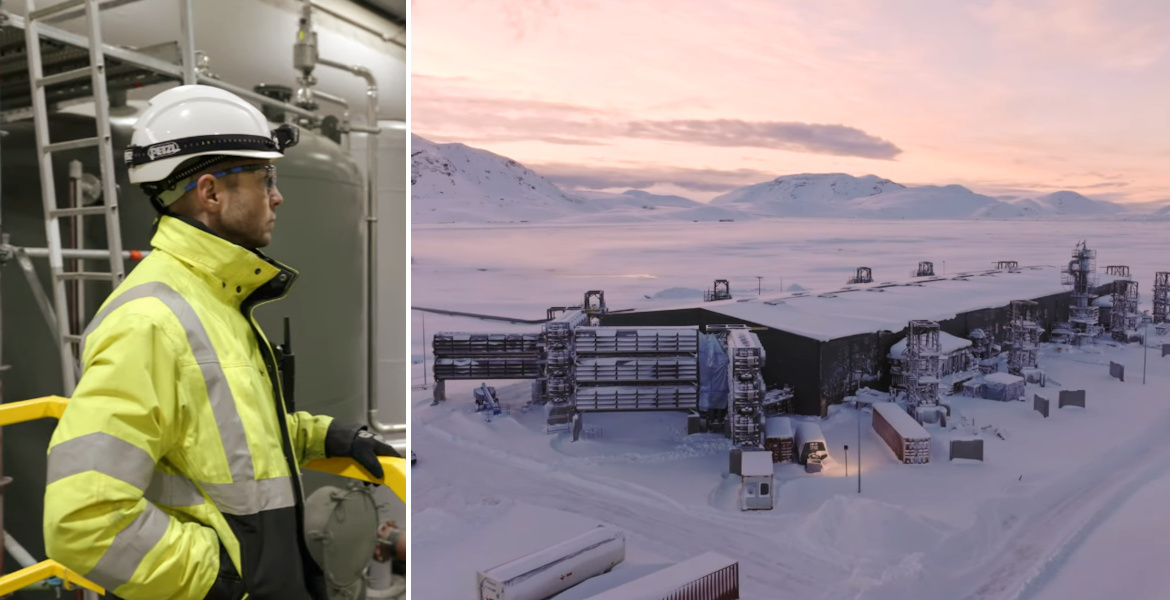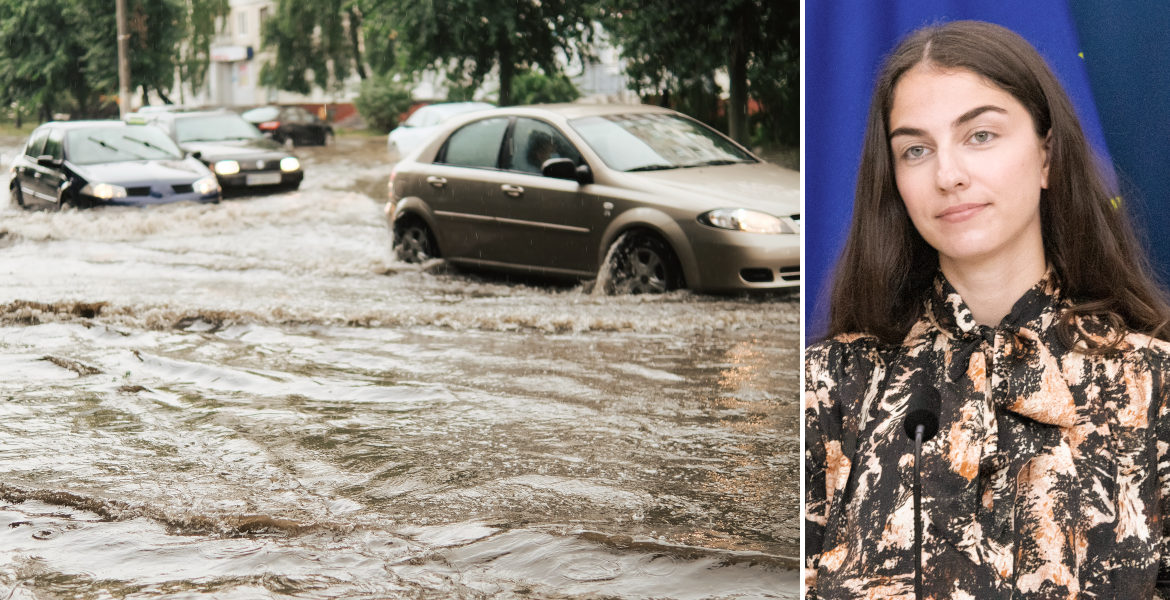We keep getting reports of unusual heat in many places. This gives the impression of ongoing global warming. Less is known about unusual cold elsewhere.
Globally, unusual cold seems to predominate. The sun’s magnetic activity is now as low as it was at times during the Little Ice Age, with less solar wind to shield it from cosmic rays. This means more clouds form, obscuring the sun and bringing more precipitation.
Much of the weather data comes from the US weather service NOAA. It disseminates its reports in two versions: one for defense, shipping, aviation and other critical societal functions, and one for the media and the public.
But there is a clear difference between these reports. Professional clients get a world map with clearly marked cold and hot zones in blue and red respectively. The media and public get a pink world map with blue and red elements.
The former shows anomalous temperatures in blue and red for April 2023 compared to an average for the period 1991-2020 with large blue areas especially in Asia with Siberia, in North America and also in India and Australia.
The latter does not show actual temperatures but only whether it is warmer or colder than average. With more and more measurement stations in cities with heat sources, warm urban data is more widely reported than cooler data from rural areas. But urban data only shows that it is warmer in cities, not the temperature of the air without heat sources.
This latter data is presented by the media with the impression of ongoing warming. But we learn less about snow and cold around the world.
The normally warm Australia has night frosts with a shorter growing season especially in the south.
Central and eastern Europe in particular has had a lot of cold and snow in the spring.
The same applies to North America, not only in the north but also down to Mexico.
Siberia and Central Asia have been unusually cold with lots of snow. Even warm India has been unusually cold.
In the north, spring sea ice in the Arctic has been unusually extensive. Scientists on the icebreaker Oden are stuck in the ice, unable to reach the North Pole.
The glacial expanses on the continent of Antarctica are four degrees colder than normal.
Northernmost Sweden has snow in early June.
This is, of course, weather, not climate. But it does not support the alarms about impending global warming. SMHI and the media should therefore report comprehensively on the world’s weather. Not doing so paints a misleading picture.
Tege Tornvall









